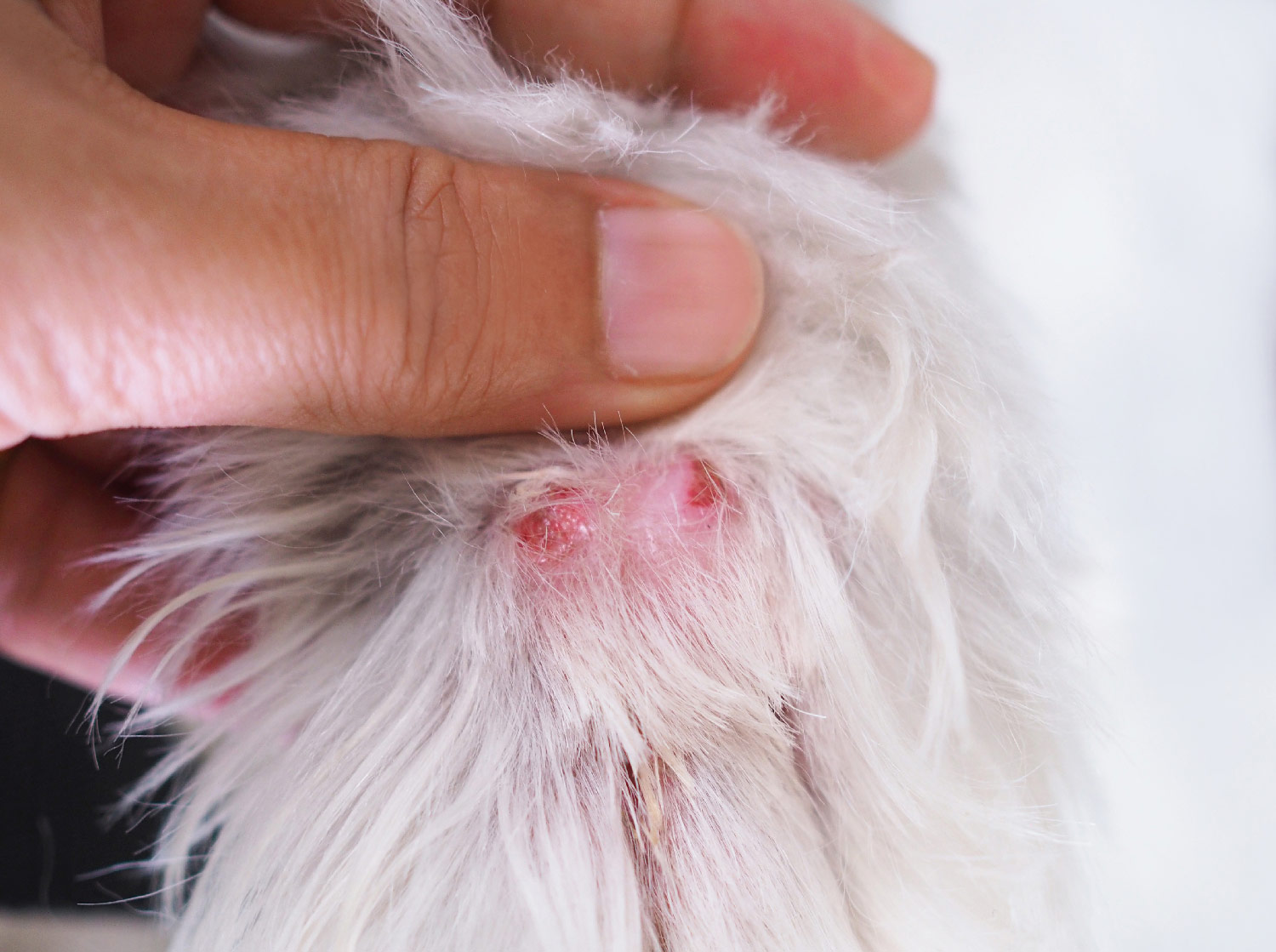How to Care for Your Pet From a Snake Bite

Rattlesnakes inhabit many parts of the United States and are more than desert dwellers. Unfortunately many dogs end up in pet emergency rooms each Spring/Summer after a bad encounter with a rattlesnake. Dogs are curious and protective animals, which contribute to their being 20 times more likely to be bitten by a snake than you are
How your dog will be affected by such a toxic bite depends on many variables. How much venom was injected, the age and size of both your pet and the snake are factors that will determine your dog’s reaction to a rattlesnake or pit viper’s bite. Don’t stop to calculate those variables and don’t bother trying to grab the snake so the vet can see it. Your dog needs immediate care from you and a professional in order to survive.
The snake’s venom is intended to immobilize the prey and predigest body tissue. Know what to do if your dog is bitten. It may make a difference between the life and death of your pet.
Assume any snake bite is venomous. Quick response is the key to recovery, so it is imperative that your dog sees a veterinarian as soon as possible. Call the vet office to tell them you are coming in for a snake bite. And in the meantime, there are some things you can do to help:
Muzzle your dog if the bite is not on the face. Your pet loves you but may snap at you when he is in pain. Keep your dog as calm and as still as possible. Try to keep the level of the bite below the level of your dog’s heart. This keeps the venom from spreading quickly.
Do not attempt to cut the wound and suck out the venom. Do not apply a tourniquet or ice to the wound. Your calm reaction and comforting voice will help, and is the most effective action you can do for your pet.
Expect your pet to be hospitalized for at least a full day. Many dogs do survive a venomous bite if they receive proper treatment immediately. Anti-venom will probably be recommended. Your dog may also need i.v. fluids, blood monitoring and transfusions.
There are precautions you can take to reduce the risk of a rattlesnake bite. Stay on the path when you walk your dog, use a leash that is no longer than 6 feet, and don’t let your dog investigate holes or sniff a dead snake. Even dead snakes can transmit venom!
If you do encounter a snake, walk away slowly and quietly.
There is a snake venom vaccine for dogs, but there is no guarantee it offers full protection against a rattlesnake bite. The greatest chance of recovery from a snake bite is informed, quality care from you and a veterinarian.